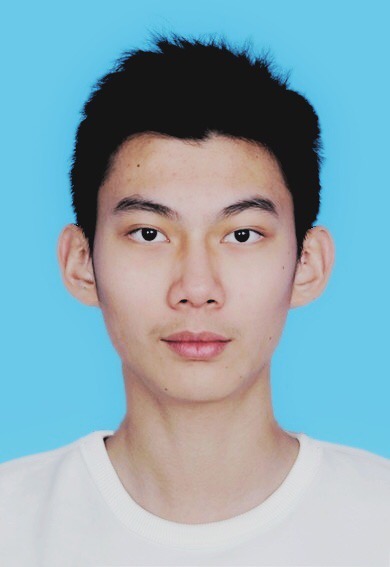About me
I am a senior undergraduate student at the School of Physics, Sun Yat-sen University, fortunate to be advised by Prof. Franco Nori, Prof. Ze-Liang Xiang, Prof. Xueyue (Sherry) Zhang, Prof. Gyu-Boong Jo, and Prof. Zhi-Hui Peng.
Driven by a passion for quantum physics, I aim to contribute to advancements in quantum technology and explore exotic quantum phenomena. My experiences range from the theoretical design of a quantum router within a dual-rail waveguide to the experimental exploration of two-dimensional ultracold atoms. With a strong foundation in both theoretical and experimental physics, and a keen ability to communicate and collaborate, I am eager to delve deeper into the quantum realm.
Research Interests
Entanglement Stability and Autonomous Quantum Error Correction in Driven-Dissipative Systems
Driven-dissipative systems offer rich opportunities to study quantum entanglement and its resilience in the presence of noise. My research focuses on understanding the stability of quantum entanglement in such systems. A key aspect of this work is the exploration of autonomous quantum error correction (QEC) strategies, where driven-dissipative systems actively correct errors without the need for classical feedback mechanisms. This approach is critical for improving the reliability and scalability of quantum information processing, with applications in quantum computing and quantum communication. Additionally, I investigate the newly proposed Average Symmetry-Protected Topological (ASPT) phases, which provide a novel perspective on the topological classification of open quantum systems. The connection between ASPT states and autonomous QEC is a key focus of my current work, aiming to unlock new methods for stabilizing quantum information in noisy environments.
Novel Quantum Optics Phenomena and Quantum Communication in Waveguide QED Systems and Superconducting Circuits
In quantum optics, the light-matter interaction has long been a foundation for understanding quantum phenomena, particularly in cavity quantum electrodynamics (QED). Waveguide QED extends this concept by coupling atoms to one-dimensional electromagnetic modes, leading to long-range interactions and collective effects. In this context, I study a variety of novel quantum phenomena, such as photon-photon interactions and the emergence of many-body phenomena in waveguide QED systems. These systems, especially when implemented in superconducting quantum circuits, offer a promising platform for quantum information processing, enabling new ways of encoding, transferring, and manipulating quantum information through propagating photons. I am also interested in leveraging waveguide QED for practical quantum communication applications, such as quantum state transfer and quantum network, where the robust coupling and long-range interactions of waveguide-TLS (two-level system) emitter systems play a crucial role in advancing scalable quantum networks.
Many-Body Quantum Phenomena in Ultracold Atomic Systems
My interest also extends to the study of many-body quantum phenomena in ultracold atomic systems, where the controlled environment allows for the observation of quantum phase transitions and novel quantum dynamics. A central focus is the Bose-Hubbard model, which captures the behavior of interacting bosons on a lattice, and its implications for quantum phase transitions, such as superfluid-to-Mott insulator transitions. By exploring the dynamics of these systems, I aim to uncover deeper insights into quantum correlations, critical phenomena, and collective behaviors that are relevant for both fundamental physics and future quantum technologies.
Research Experience
See Research updated in October 2024.
